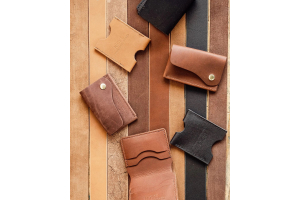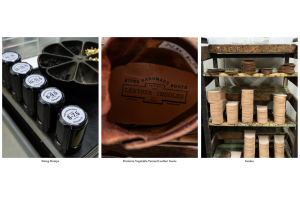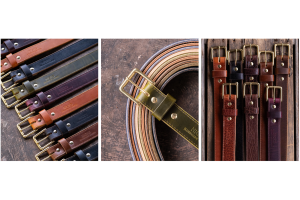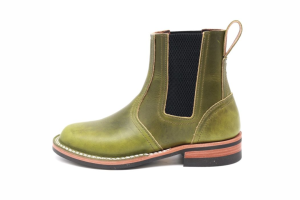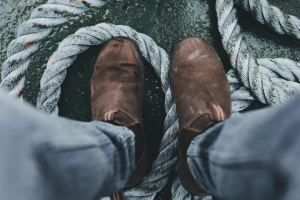What Is The Best Work Boot? Top Picks For Comfort And Safety
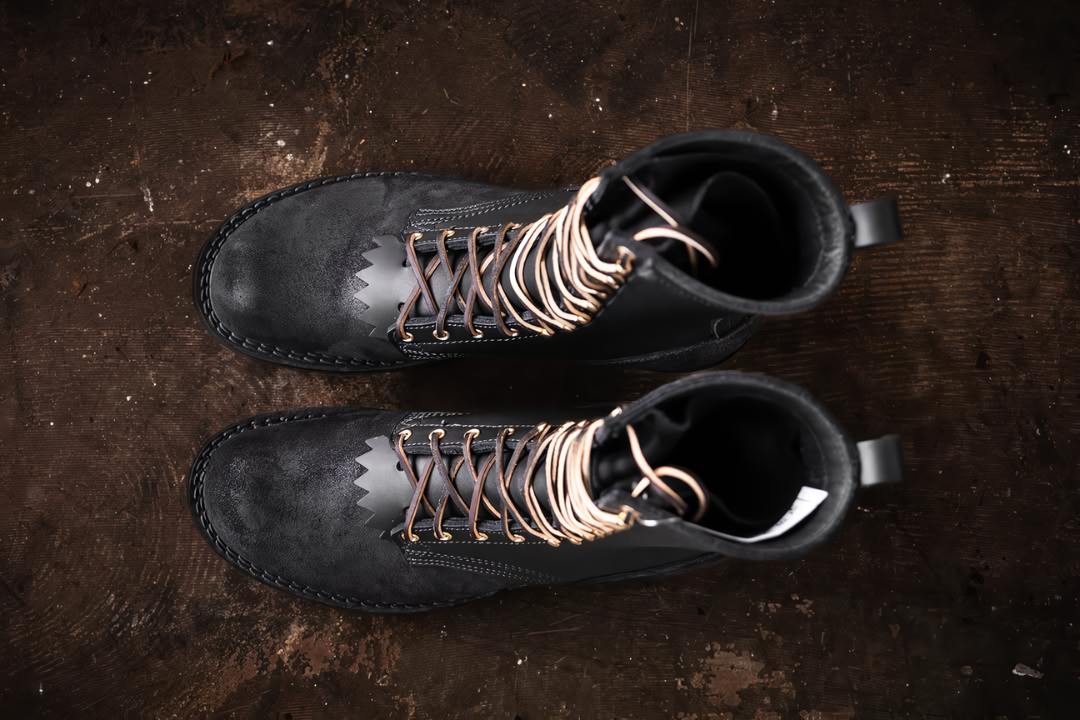
Key Takeaways:
- Comfort and Safety Are Key: The best work boots combine comfort features like cushioned insoles with safety elements such as steel toes or slip-resistant outsoles to enhance job performance.
- Material Quality Matters: Durable materials like full-grain leather and robust soles ensure that your work boots can handle the toughest conditions and last for years.
- Tailored for Specific Needs: Different jobs require specific features, from waterproofing for wet environments to insulated designs for cold climates. Choosing the right pair makes a big difference.
Why do some work boots last for years while others fail after a few months? The difference often comes down to craftsmanship, materials, and thoughtful design. A quality work boot isn’t just footwear—it’s an essential tool that protects, supports, and enables you to perform your best every day.
At Nicks Boots, we pride ourselves on being the benchmark for durable, high-performing work boots. Built for demanding jobs and made to stand the test of time, our boots are trusted by professionals across industries.
In this article, we’ll examine the essential features that define the best work boots, from durability and comfort to safety innovations tailored for tough jobs. We’ll also showcase our top recommendations to help you select a pair that meets your specific needs, ensuring long-lasting performance and protection.
Key Features To Look For In The Best Work Boots
Choosing the right work boots is crucial for professionals who need both comfort and safety on the job. To make an informed decision, it’s essential to understand the features that set the best boots apart. Below, we break down these key features to help you evaluate your options:
- Durability and Materials: Durability is a cornerstone of any quality work boot. Premium leather, known for its strength and flexibility, is commonly used in top-tier designs. A well-constructed boot with reinforced stitching and a sturdy sole ensures longevity, even under harsh conditions. When investing in a work boot, choosing durable materials means fewer replacements and better long-term performance.
- Safety Features: Safety is non-negotiable in hazardous work environments. Steel and composite toes protect against heavy impacts, while slip-resistant outsoles provide traction on slippery surfaces. Additional features like electrical hazard protection can safeguard you in workplaces where live currents pose a risk. These features are designed to keep you secure and reduce workplace injuries.
- Comfort and Support: A comfortable work boot makes all the difference during long shifts. Padded insoles and arch support reduce foot fatigue and provide a more ergonomic fit. Some designs also feature shock-absorbing soles to minimize the impact on your joints. When comfort and support are prioritized, your boots work as hard as you do.
- Fit and Adjustability: Fit is a critical factor that affects both comfort and safety. Adjustable lacing systems allow you to customize the snugness of your boots for a secure fit. A proper fit reduces the risk of blisters, calluses, and discomfort during long wear. Selecting boots with excellent fit ensures you stay focused on your tasks, not your feet.
- Weather Resistance: Weather-resistant boots keep you prepared for any condition. Waterproofing features prevent water from seeping in, keeping your feet dry and comfortable in wet environments. Additionally, insulation options are available for those working in cold climates, ensuring warmth and protection. Weather resistance ensures all-day comfort, no matter the conditions.
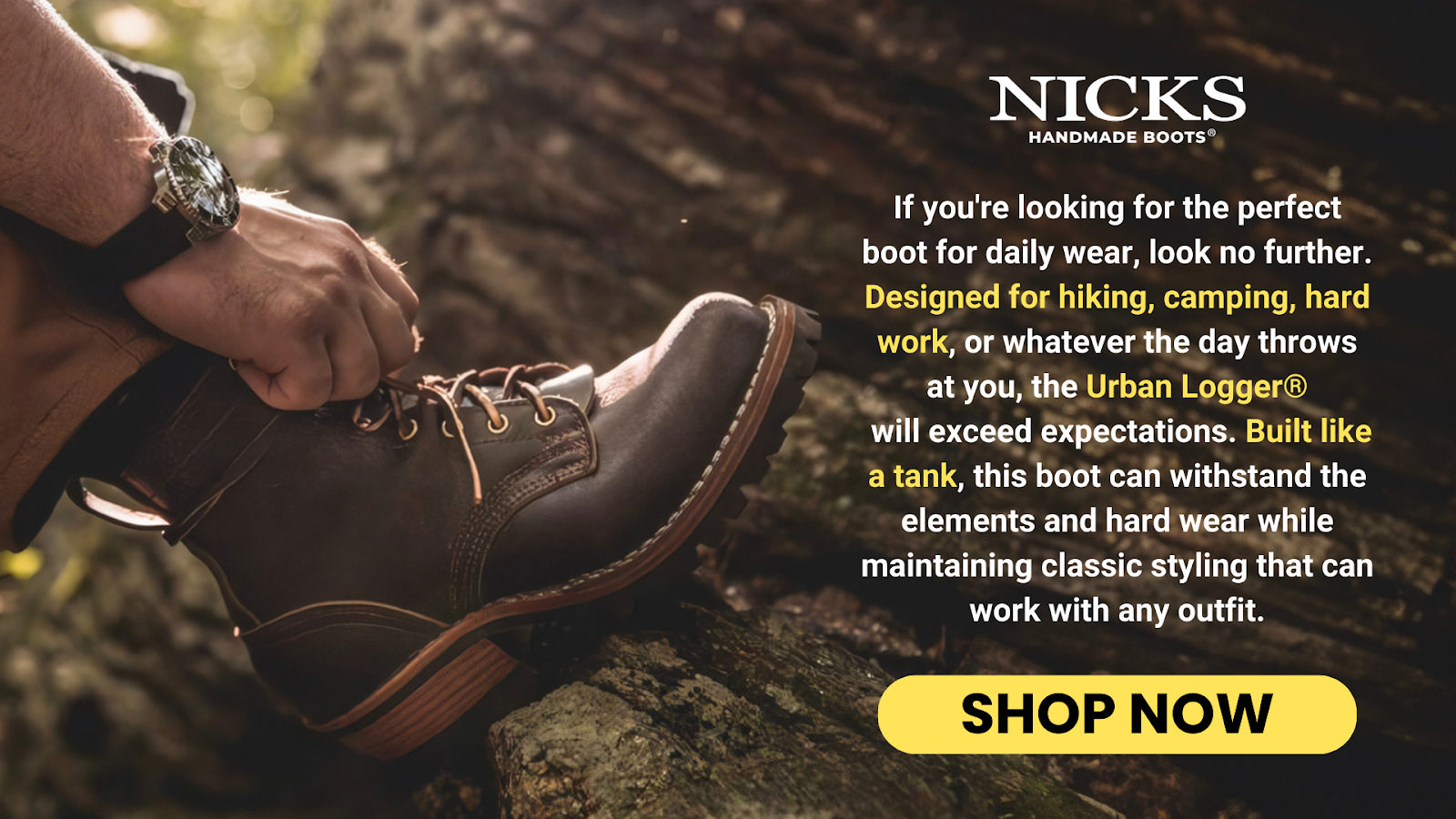

Top Picks For Comfort: Work Boots For All-Day Wear
Comfort is essential when wearing work boots for extended periods. The best boots for comfort are designed with features that reduce fatigue and promote all-day ease. Here are some top considerations for finding comfortable work boots:
Padded Insoles And Shock Absorption
Padded insoles offer a soft cushion that cradles your feet, making long hours on hard surfaces manageable. Shock-absorbing soles reduce the impact on joints, providing relief during repetitive movements. Together, these features ensure that comfort lasts from the start to the end of your workday.
Breathable Linings
Breathable materials like moisture-wicking liners help keep your feet dry and cool. By minimizing sweat and heat buildup, these linings prevent discomfort and odors. A breathable boot ensures a fresh, comfortable feel throughout the day.
Flexible Soles And Lightweight Designs
Flexible soles allow for easier movement and adaptability, particularly when working on uneven terrain. Lightweight designs reduce the strain on your feet and legs, making boots less cumbersome during extended use. These features are ideal for jobs requiring frequent mobility.
Top Picks For Safety: Boots For Hazardous Environments
Safety is a top priority when working in demanding or dangerous environments. The best safety work boots have protective features to shield you from workplace hazards. Below are key safety features to consider:
Steel And Composite Toe Protection
Steel and composite toes provide essential protection against heavy objects and compression. While steel toes offer maximum strength, composite toes are lighter and non-conductive, making them ideal for environments with electrical risks. Both options ensure your toes are shielded without compromising comfort.
Slip-Resistant Outsoles
Slip-resistant outsoles are crucial for maintaining stability on wet, oily, or uneven surfaces. Advanced tread patterns and rubber compounds enhance grip and traction, reducing the likelihood of falls. These outsoles provide confidence and safety in unpredictable conditions.
Electrical Hazard Protection
For those working around electrical currents, boots with electrical hazard (EH) ratings offer an extra layer of safety. These boots are designed with non-conductive materials to protect against accidental contact with live wires. EH-rated boots ensure compliance with safety standards while keeping you secure.
How To Choose The Right Work Boot For Your Needs
Selecting the right work boot involves matching the boot’s features to your specific job requirements. The best choice balances comfort, safety, and durability while addressing the unique challenges of your work environment. Here’s how to approach the decision:
Consider Your Work Environment
Analyze your daily tasks and conditions—wet environments may call for waterproofing, while uneven terrain benefits from slip-resistant soles. Jobs involving heavy equipment might require steel or composite toe protection.
Evaluate Your Comfort Needs
If you spend long hours on your feet, prioritize features like cushioned insoles, shock absorption, and arch support. Flexible soles and lightweight designs reduce strain, making your day more comfortable. Comfort-focused boots improve productivity by minimizing distractions caused by foot fatigue.
Assess Safety Requirements
Identify specific hazards in your workplace, such as electrical risks or falling objects. Look for boots with EH ratings, steel toes, or puncture-resistant soles tailored to mitigate these risks. Ensuring proper safety features reduces accidents and enhances peace of mind.
The Role Of Material Quality In Work Boot Durability
The quality of its materials heavily influences the longevity of a work boot. Premium materials like full-grain leather and reinforced outsoles ensure that boots can withstand harsh conditions without degrading quickly. Let’s explore why material quality is crucial:
Premium Leather For Strength And Flexibility
Full-grain leather is a top choice for durability, offering resistance to wear and tear while remaining flexible. Its natural properties also improve with age, molding your foot over time for a better fit. Investing in leather work boots guarantees long-term value and reliability.
Reinforced Soles For Maximum Durability
High-quality rubber or polyurethane soles provide excellent traction and resistance to punctures or abrasions. These materials endure daily impacts while offering slip resistance, which is vital in tough environments. Reinforced soles extend the lifespan of boots, making them a wise choice for demanding jobs.
Stitching And Construction Methods
Construction methods like Goodyear welt stitching enhance the durability of work boots by creating a strong bond between the sole and the upper. This technique allows for resoling, further extending the life of the boot. Superior craftsmanship ensures the boot can endure years of rigorous use.
Waterproof And Weather-Resistant Work Boots: Are They Worth It?
Work environments often expose boots to challenging weather and wet conditions, making waterproof and weather-resistant features essential for durability and comfort. These features ensure that your boots perform reliably regardless of the elements. Here’s why they’re worth considering:
Protection Against Moisture And Damage
Waterproof boots prevent water from seeping in, keeping feet dry and reducing the risk of material deterioration. Materials like treated leather provide a reliable barrier against moisture, enhancing comfort and longevity.
Enhanced Comfort In Wet Conditions
Dry feet are key to avoiding blisters, discomfort, and cold during long shifts. Weather-resistant boots maintain consistent performance even in rain, snow, or muddy environments. Eliminating the distractions of wet feet allows you to focus fully on the task at hand.
Adaptability To Varied Climates
Through their specialized features, insulated work boots provide adaptability and protection for individuals working in extreme conditions. Insulation ensures warmth in freezing temperatures, while breathable linings help regulate moisture and prevent overheating in warmer environments. This combination of functionality and comfort makes these boots a smart and practical investment.
Customizable Options: Getting The Perfect Fit
Finding the right work boot is not just about features—it’s also about ensuring a proper fit for optimal comfort and safety. While many boots offer adjustable lacing systems and a range of sizes to accommodate different foot shapes, understanding what works best for you is essential. A good fit minimizes foot fatigue, prevents blisters, and supports your feet throughout long workdays.
Some brands offer boots with multiple options for width, which is particularly helpful for those with narrow or wide feet. Adjustable features like laces and ankle support systems allow you to tailor the fit to your preferences without compromising stability. Choosing boots designed to suit various preferences ensures you’ll have a comfortable experience, regardless of the demands of your job.
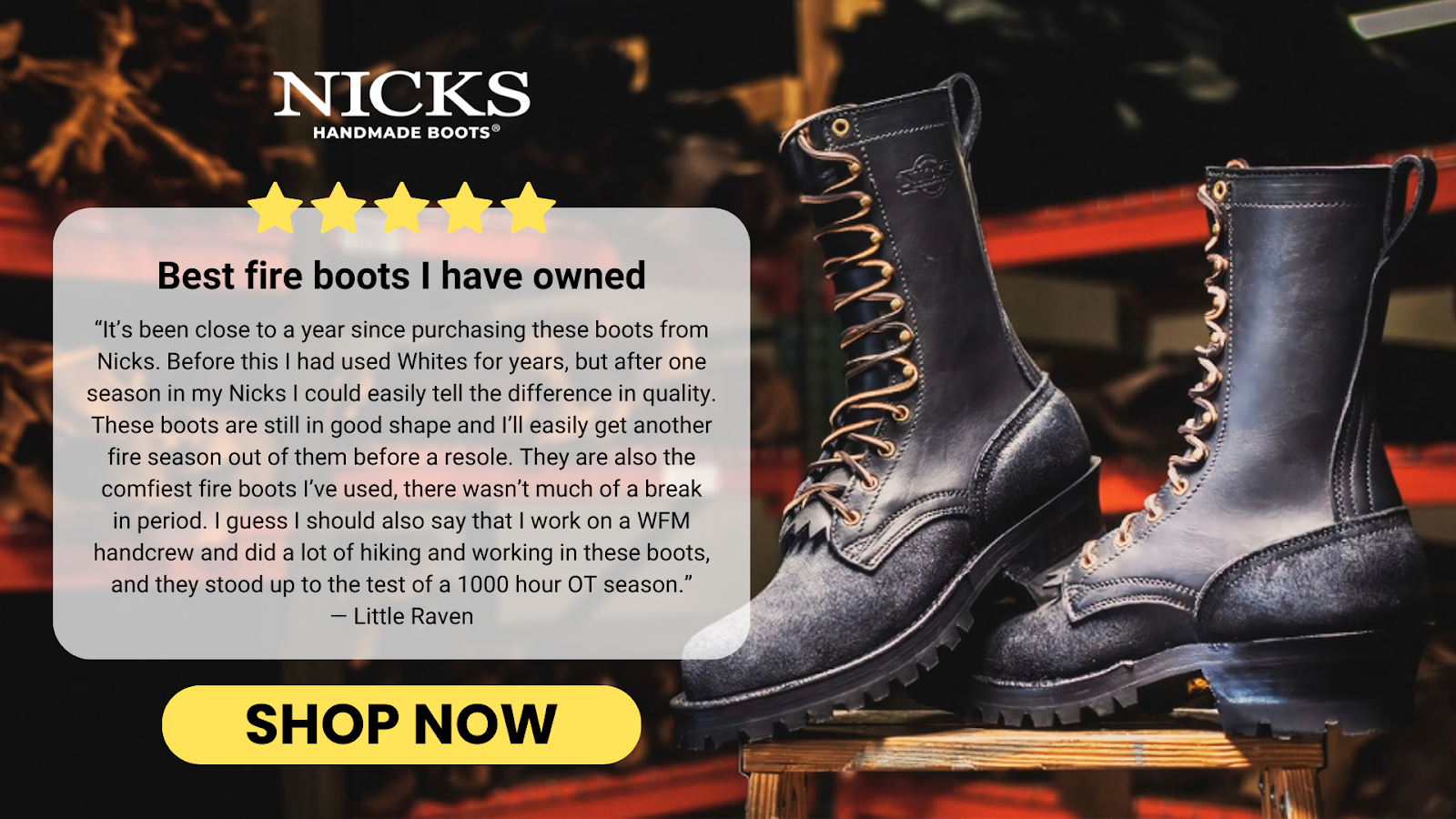

Final Thoughts
Choosing the best work boot is more than finding a functional piece of footwear—it’s about investing in your safety, comfort, and overall well-being. A great work boot becomes a trusted tool, empowering you to perform your best despite your challenges. The right pair is a foundation for success in any demanding environment, whether it’s the durable construction, advanced safety features, or unparalleled comfort.
Ultimately, the best work boot aligns with your unique needs and work conditions. It’s not just about surviving the day but thriving in your role, knowing your gear is built to support you every step of the way. At Nicks Boots, we believe in delivering that level of reliability and excellence, ensuring you’re prepared to tackle every job with confidence and resilience.
Read also:
Frequently Asked Questions About What Is The Best Work Boot
What are the most durable work boots?
Durable work boots are typically made from full-grain leather and feature Goodyear welt construction. These materials and methods ensure the boots withstand wear and tear for years.
How do I know if my work boots are comfortable?
Comfortable boots have cushioned insoles, arch support, and breathable linings. When you try them on, make sure they feel snug but not tight, with no pinching or rubbing.
Can I use work boots for hiking or other activities?
Some work boots can double as hiking boots if they have flexible soles and lightweight designs. However, specialized hiking boots might be a better choice for long treks.
What is the difference between steel-toe and composite-toe boots?
Steel-toe boots provide maximum protection against impact but are heavier. Composite-toe boots are lighter and non-conductive, which is ideal for electrical work.
Are slip-resistant boots necessary for all jobs?
Slip-resistant boots are essential for jobs involving wet or oily surfaces. They provide better traction and reduce the risk of falls in hazardous environments.
How long do quality work boots last?
With proper care, quality work boots can last 2-5 years or longer. Longevity depends on the material, usage, and maintenance.
What is the best way to break in new work boots?
Wear your boots for short periods initially to allow the leather to soften and conform to your feet. Using leather conditioners can also speed up the process.
Do waterproof work boots make my feet sweat?
Waterproof boots can make feet sweat if they lack breathable linings. Choosing options with moisture-wicking materials helps regulate temperature and reduce discomfort.
Are insulated work boots necessary for cold weather?
Insulated boots are necessary for cold-weather jobs as they keep your feet warm and comfortable. They are especially important for outdoor work in freezing temperatures.
How do I care for my work boots to extend their life?
Clean your boots regularly with a damp cloth, condition the leather, and store them in a cool, dry place. Rotating between pairs can also prolong their lifespan.
